Very good general condition, some small chips.
Capodimonte porcelain is a porcelain produced by the royal factory of the same name established in 1743 on the hill of Capodimonte, in Naples. she is famous for her figures and decorative flowers applied to cups or vases.
The Day is a marble statue made by Michelangelo between 1526 and 1531. It is part of the decoration of the Sagrestia Nuova, the new sacristy of the San Lorenzo basilica in Florence. Its dimensions are 160 × 150 cm (. It is one of the four allegories of the Parts of Time, which is on the right on the sarcophagus of the tomb of Julien de Medici (1479-1516), Duke of Nemours. The Day was probably begun in 1526, when the tomb of Lorenzo Duke of Urbino was completed and that of Julian started. The statue had to be completed after work resumed following the forced pause during the siege of Florence and of its consequences, being left in a visible unfinished state when the artist left definitively for Rome in 1534. The Day is represented as a male personification, semi-extended and naked, like the other statues in the series. Its model is , perhaps, the river deities of the arch of Septimius Severus and the Torso of Belvedere, from which it takes up the powerful anatomical structure in tension. It also takes up the pose of the Child in the young Virgin on the stairs and that of one of the bronze nudes from the Ceiling of the Sistine Chapel. He is represented as a tired old man, with a half-discernible face, half removed from the stone following the non finito, the logic of the Unfinished in Michelangelo: the head and right hand of the figure are unfinished. It is the only one, among the series of allegories, to turn its back on the viewer, in a pose opposite to that of Neighboring Night. The left elbow is bent in support, while the right arm leans back to look for something: only the forearm is really sculpted, the hand on the contrary is lost in the unsculpted part. The legs are crossed in the opposite direction to the rotation of the torso and this twist is also emphasized by the rotation of the head towards the viewer. The bearded face, barely outlined, only shows a mysterious expression, highly evocative and emblematic, precisely because of its incompleteness.
The Night was among the first sculptures to be completed and achieved extraordinary fame thanks also to a well-known praise quatrain by Giovanni di Carlo Strozzi, in which the statue was invited to wake up to be seen animated: “The Night that you see in this sweet prose, Asleep, was sculpted by an angel In this block. Sleeping she lives. Awaken her: if you doubt it, she will speak to you. Michelangelo responded in 1545-1546 with some verses, entitled "Reply of Buonarroto", made to be "spoken" to the statue itself, in which he indicates how to sleep, in light of the riots that raged in Florence during the government of Cosimo I of Tuscany, reason for the serenity of Night compared to the agitation of the other statues: “Sleep pleases me, and even more my stone nature As long as evil and shame last. Not seeing, not feeling, it's my great luck, don't wake me. Speak low. ". Night is represented as a female personification, semi-recumbent and naked, like the other statues in the series. Its model was perhaps the ancient representations of Leda or the sleeping Ariadne: in fact the lying position, left leg bent, head tilted, closely resembles Leda, a lost cartoon by Michelangelo around 1530. The arm left is bent behind the back and the right holds the head resting on the left thigh. This causes a twist that rotates the torso towards the viewer. Her hair is long, gathered in braids and on her head she wears a tiara with a crescent and a star. Her eyes are closed. Among the elongated figures in the Medici Chapel, the allegory of Night is the most accomplished: only a few parts of the left arm and hand as well as the figure's diadem were not completely completed.




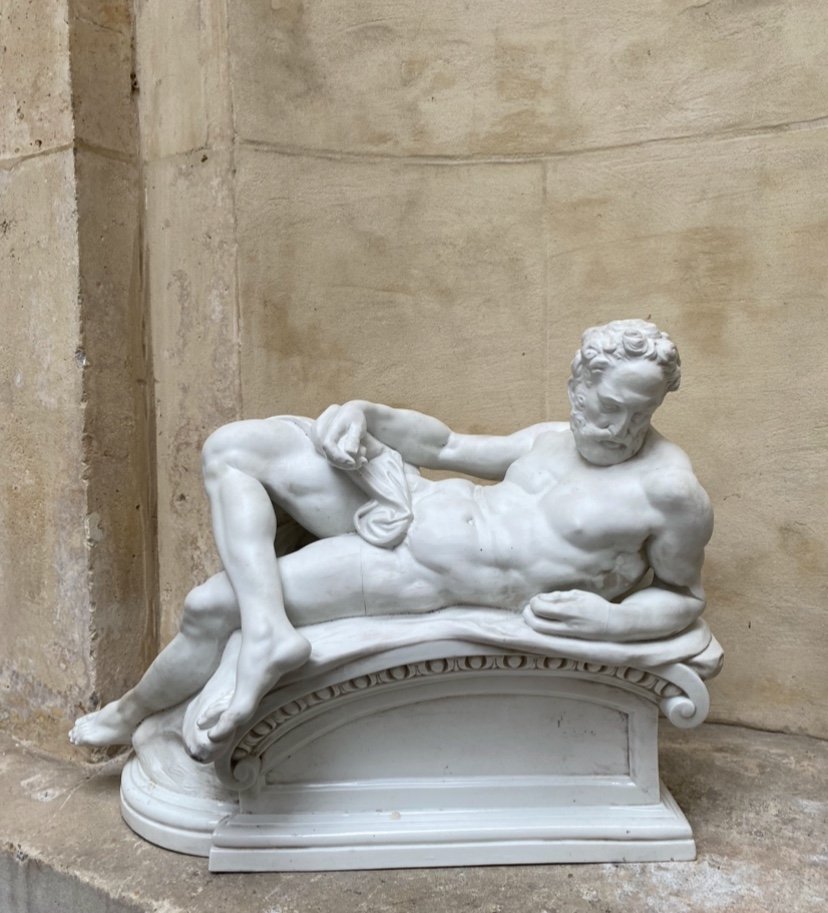
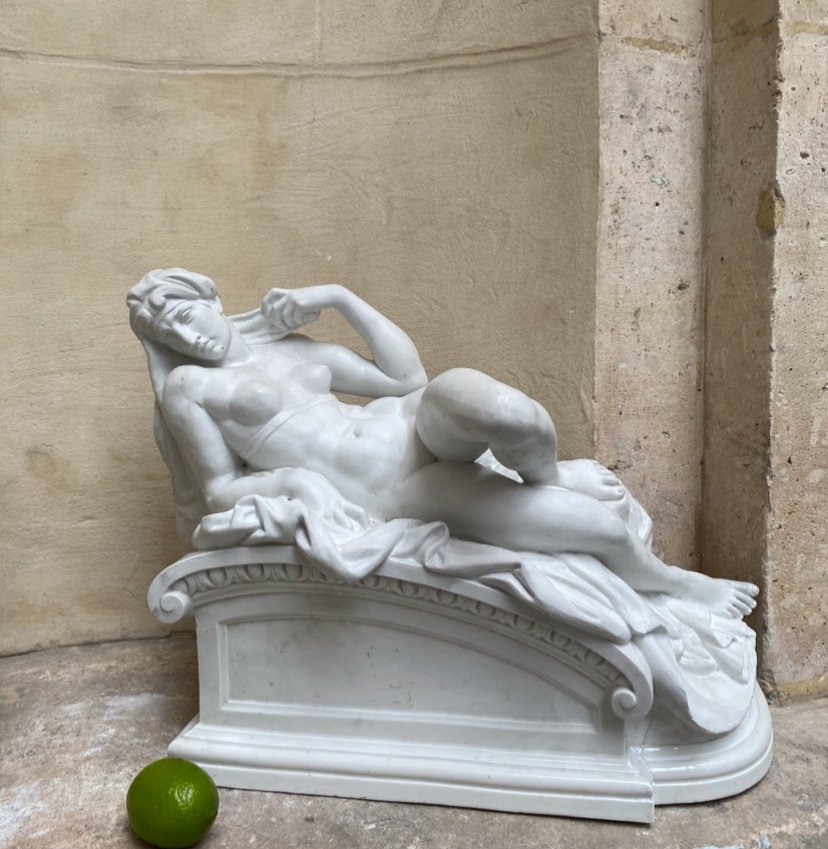
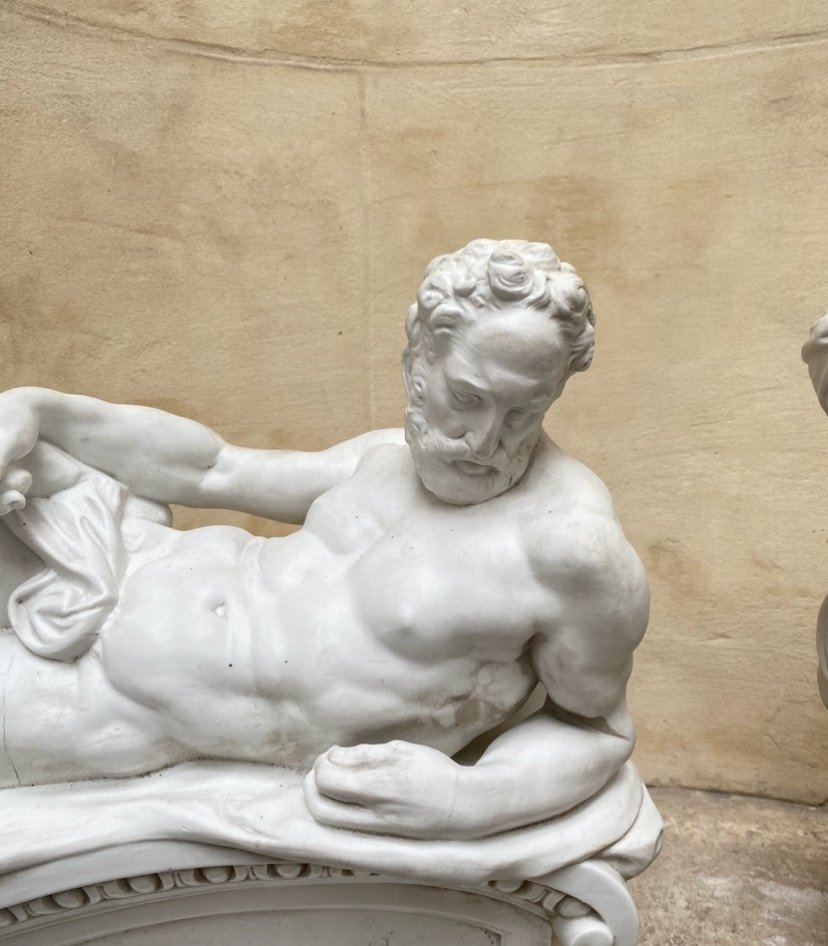
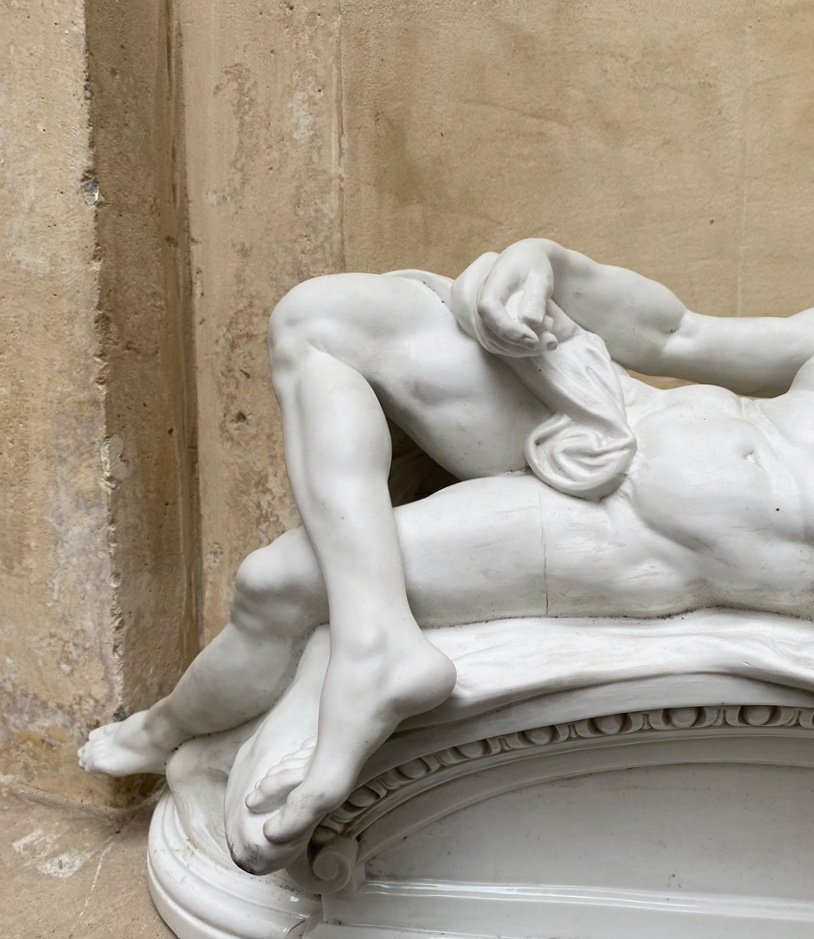


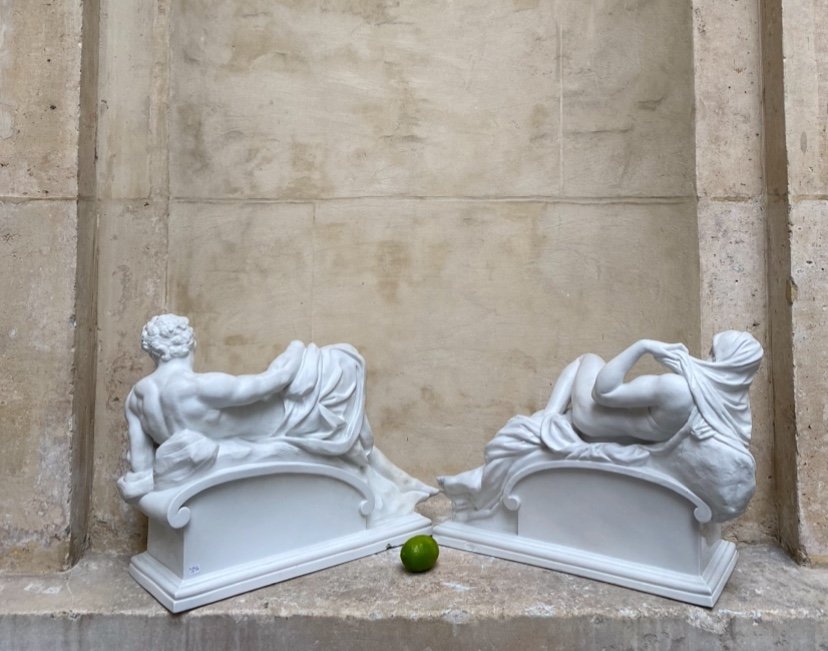


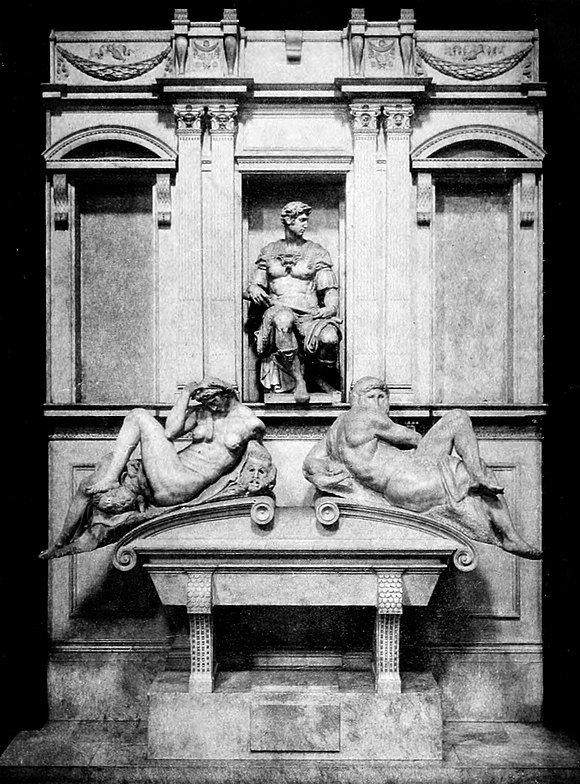

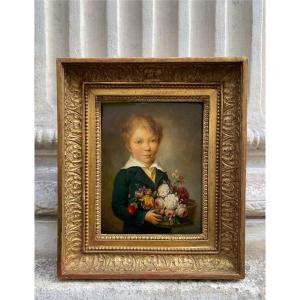
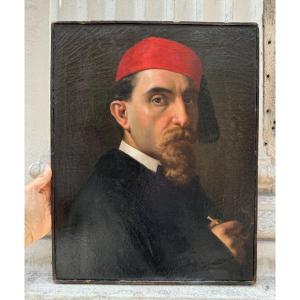
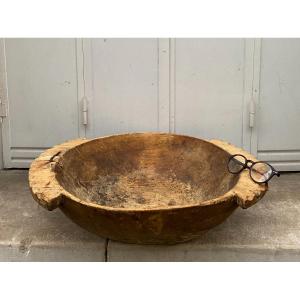
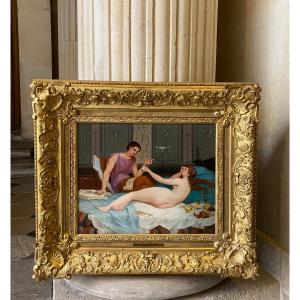
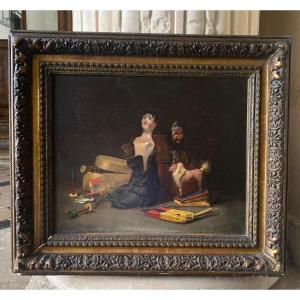

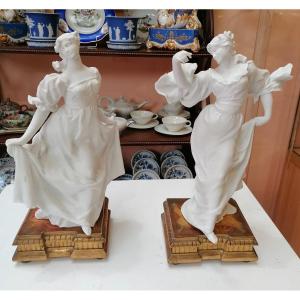

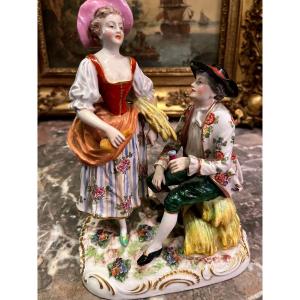
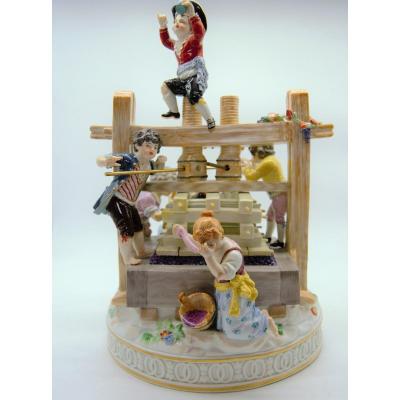
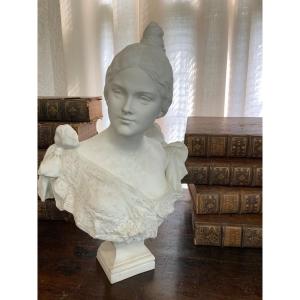



 Le Magazine de PROANTIC
Le Magazine de PROANTIC TRÉSORS Magazine
TRÉSORS Magazine Rivista Artiquariato
Rivista Artiquariato
